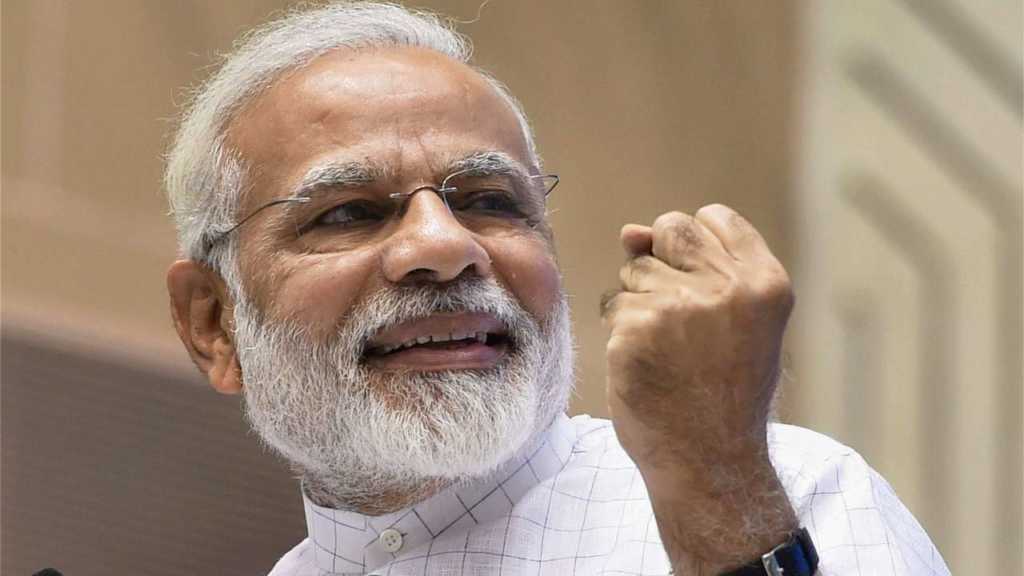International Energy Agency (IEA) has praised Indian government for its efforts to provide energy access to every household. IEA is an autonomous inter-governmental organization established under OECD. The IEA releases World Energy Outlook (WEO) every year and this document is considered most authoritative publication on energy research and used by governments across the world for policy-making. In its latest document, WEO 2018, IEA has praised India for being able to provide “electricity for all” and reaching out to poor people with LPG connection who earlier used biomass as cooking fuel. Bruce Murphy, IEA India Program Manager, and Hannah Daly, World Energy Outlook analyst, in a commentary stated that “India is clearly a success story, with political effort over the last five years significantly accelerating progress”.
This commentary comes in the backdrop of Modi government’s announcement on 28th April that India has achieved its goal of giving access to electricity to every village of the country. Commenting on this achievement, Murphy and Daly said “This is one of the greatest achievements in the history of energy,” The WEO report also noted that India is using the lessons learned from providing electricity access to a “related problem”, access to clean cooking fuels. Around 78 crore people in India depend on biomass for cooking, but the country is making progress in the direction of providing clean energy to every household.
India has made a great leap forward in providing clean energy to its people in cities as well as villages. For decades, people in rural India were using biomass as a cooking fuel because they could not afford LPG cylinders. Under Pradhan Mantri Ujjawala Yojna, the government has been able to provide LPG connections to 3.6 crore people living below poverty line. Cooking with biomass is extremely harmful to health and studies have shown that it is responsible for acute respiratory infections in children, chronic obstructive pulmonary disease (COPD), pneumoconiosis, cataract and blindness, pulmonary tuberculosis and adverse effects to pregnancy. Globally, nearly 300 crore people are forced to cook using wood and other fuels that produce smoke, resulting in 28 lakh premature deaths each year – twice more than the number of deaths related to malaria and AIDS combined.
In its previous report, WEO 2017, the IEA had highlighted that India’s growth was on course to achieving “access to electricity for all” by 2020, which is “a colossal achievement.” the pace had accelerated in recent years, with the country adding annually 40 million people to those with access to electricity, since 2011.” On providing LPG connection, the report noted that “the share of the population relying primarily on biomass for cooking fell to 59 percent in 2015 from 66 percent in 2011. By 2030, the promotion of LPG and improved biomass cook-stoves provided by the government means that more than 30-crore people gain access to clean cooking facilities, but still, more than one in three people remain without it.”
India has made great strides in energy-sector under Modi government, all the villages of India are electrified and its renewable energy sector has attracted investment of 42 billion dollars in the last four years. According to Ministry of Renewable Energy “Globally, India stands 4th in wind power, 5th in renewable power and 6th in solar power installed capacity. Solar energy capacity has increased by 8 times from 2.63 GW in 2014 to 22 GW. Wind energy capacity increased by 1.6 times from 21 GW in 2014 to 34 GW.” The per capita energy consumption in India is 10 times lower than that of United States. Energy consumption is one of the indicators for economic development. Therefore, it is very important that per capita consumption grows exponentially for economic growth of the country.
